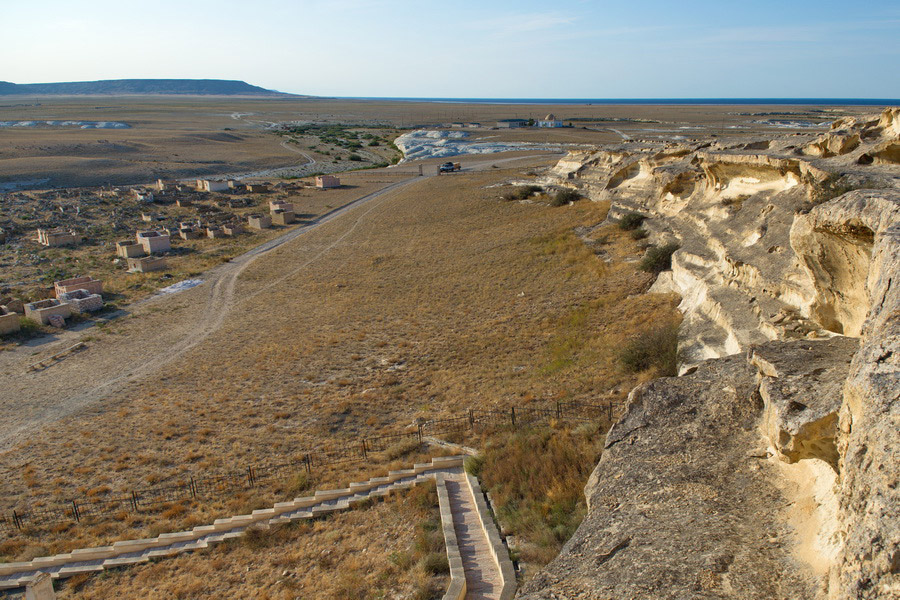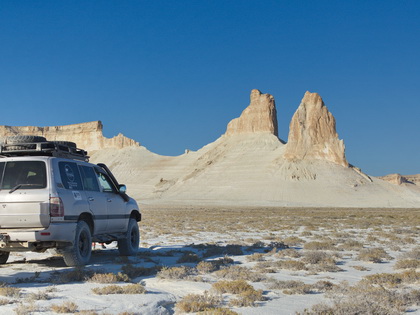Shakpak-ata Mosque, Mangystau
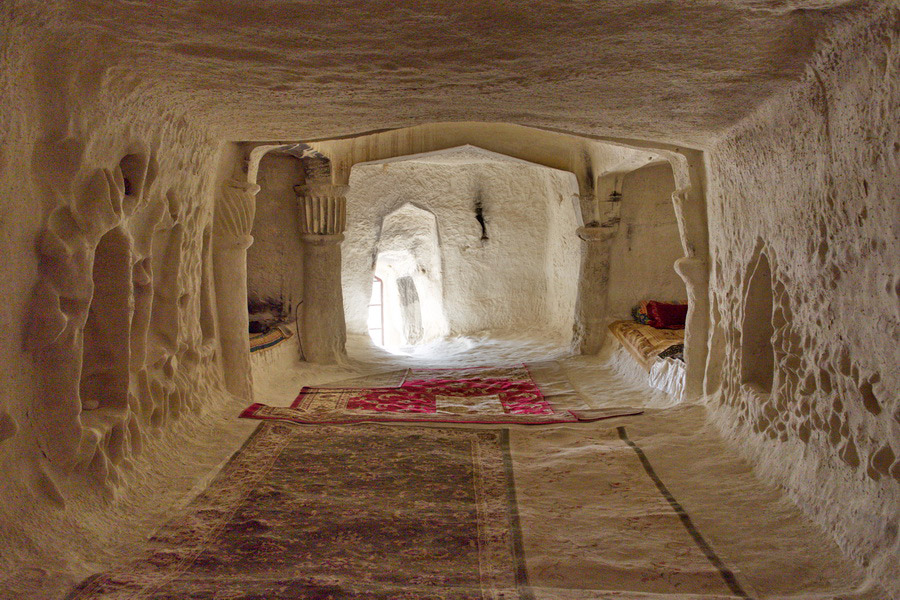
The Shakpak-ata underground mosque stands as a prominent religious landmark in Mangystau. Despite being dubbed "underground," it's actually carved into a chalk rock on a slight elevation, dating back to between the 10th and 13th centuries. This architectural marvel showcases Kazakhstan's exquisite stone craftsmanship. Centuries ago, the mosque was a center for sacred Sufi rituals, dances, and healing practices.
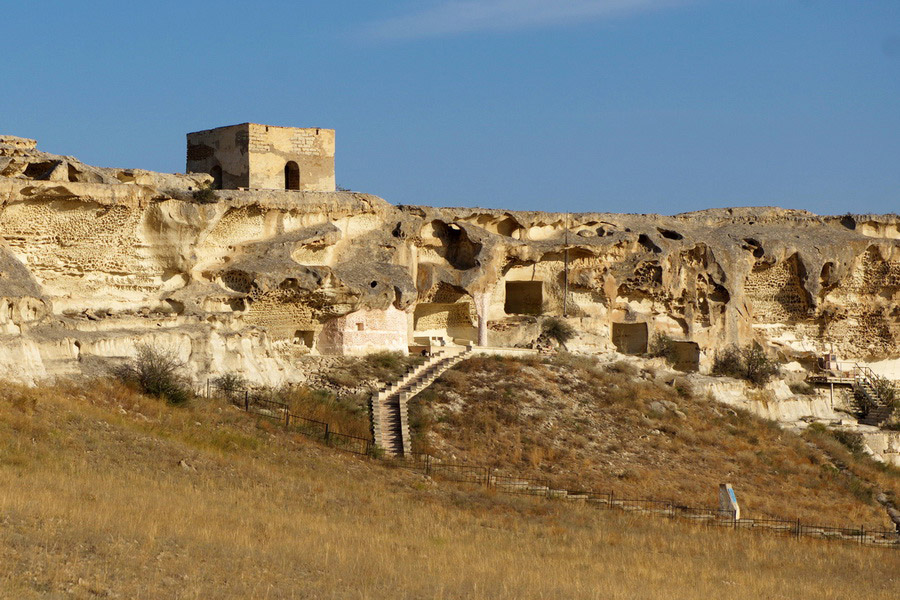
The mosque's name, "Father-flint," stems from two possible origins. One ties to nearby flint deposits. The other suggests a Sufi named Shakpak-ata, known for his weapons' shimmer in combat, took up residence there. Legends paint Shakpak-ata as a powerful figure with fiery fingernails, spending his last years as a hermit. He was known for healing and aiding people, attracting pilgrims worldwide even posthumously.
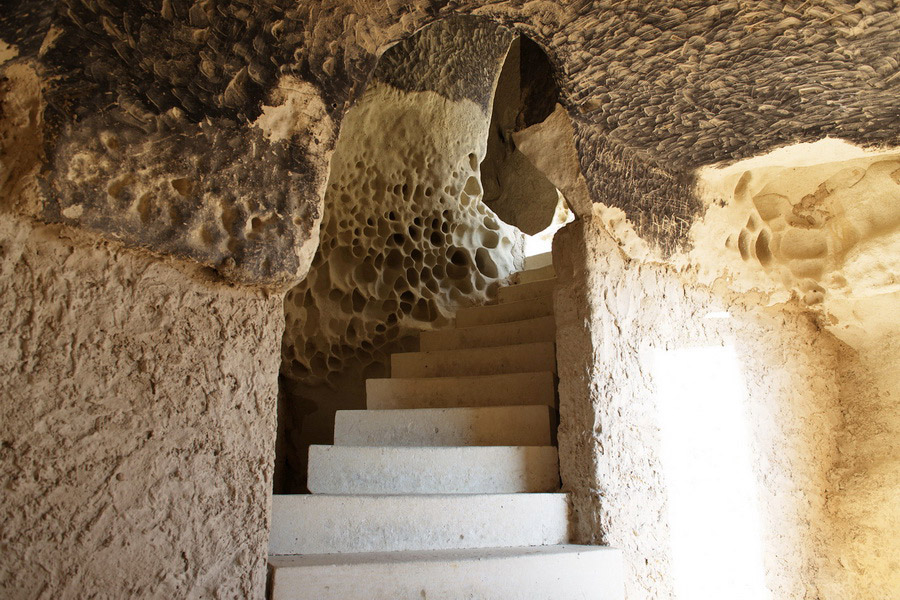
Estimations of the mosque's history span 600 years. Some argue it was built between the 14th and 16th centuries, while others place it between the 10th and 13th centuries. Another theory suggests its Neolithic origins, with modifications made during the Middle Ages. Decades of research, from the 1960s to the 2010s, unveiled the mosque's unique feature: inscriptions and drawings. Translations reveal these writings—spanning Farsi, Turkic, and Arabic—as marks from pilgrims hailing from cities across Asia. The earliest traceable mark goes back to the early 18th century.
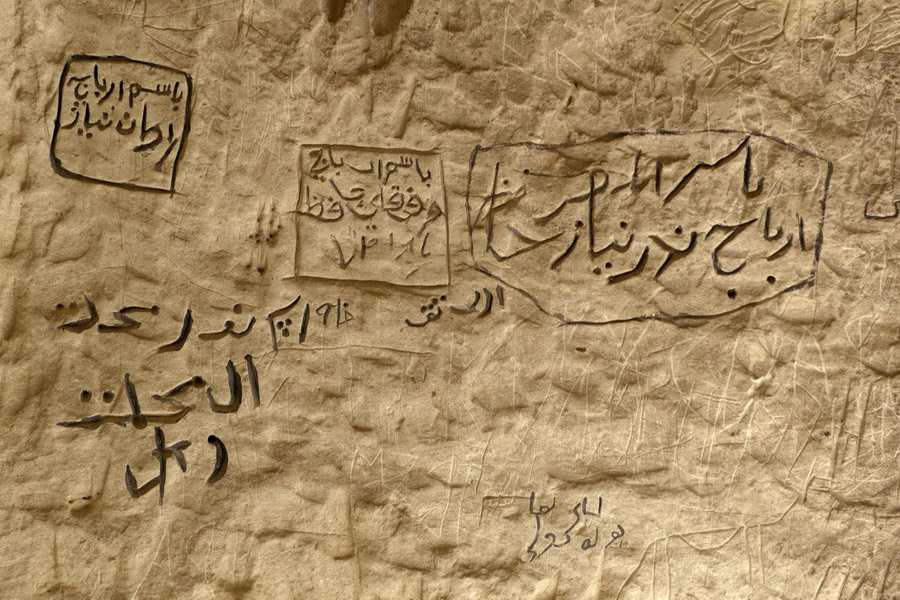
The mosque's exterior is eye-catching, resembling a porous white chocolate bar. This intriguing geological shape traces back millions of years when Mangystau was submerged under the ancient Tethys ocean. The same miracle of nature can be seen in greater numbers in the Ybykty Canyon. The entrance sports a standard rectangular design with adjacent graves. The mosque's interior forms a Christian cross shape, crowned with a light well at its intersection. Four distinct columns, symbolizing water, wind, fire, and earth, hint at Zoroastrian influence. The walls bear candle niches, drawings, inscriptions, and even a Sufi poem. Among the visuals, the horse figures and the Islamic "hamsa" or "hand of Fatima" stand out.
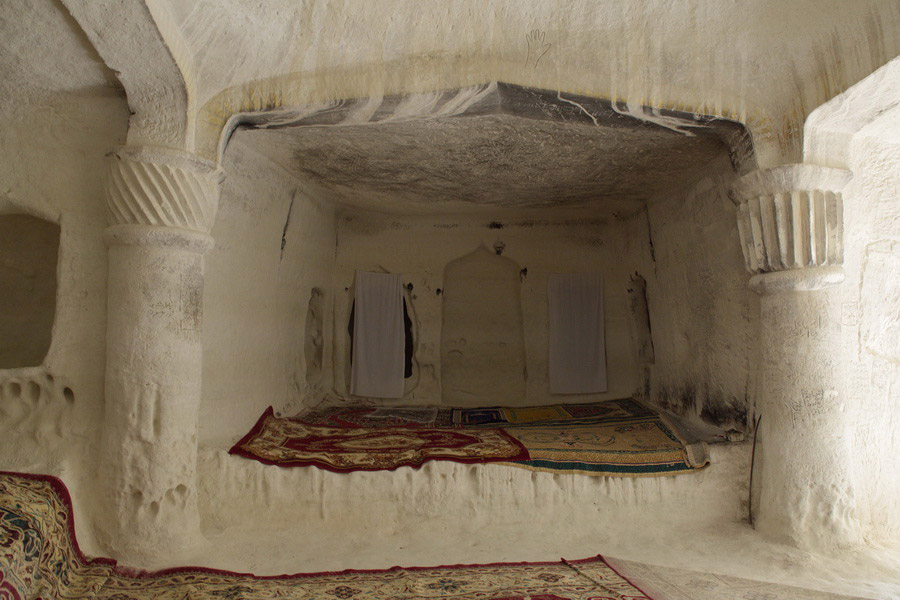
The mosque's interior offers a cool respite from the heat, occasionally housing lizards seeking shade. A stairway leads to a panoramic cliff view, showcasing the surrounding canyon, necropolis, and pilgrim shelters.
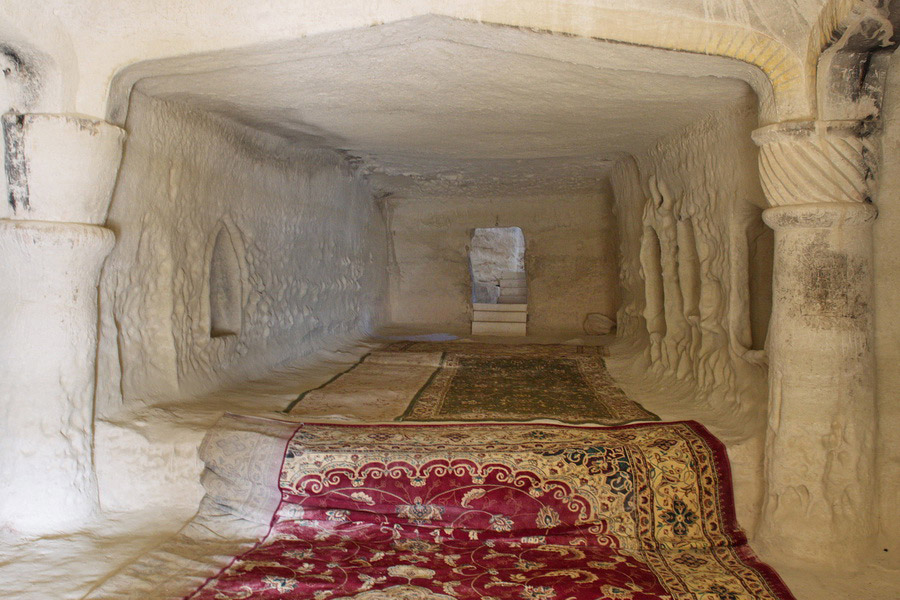
Across the mosque lies the divided Kazakh and Turkmen sections of the necropolis, resting grounds for Sufis, preachers, and locals. Nearby, Yerzhan Hazret's house offers pilgrim accommodations, and sometimes tourists.
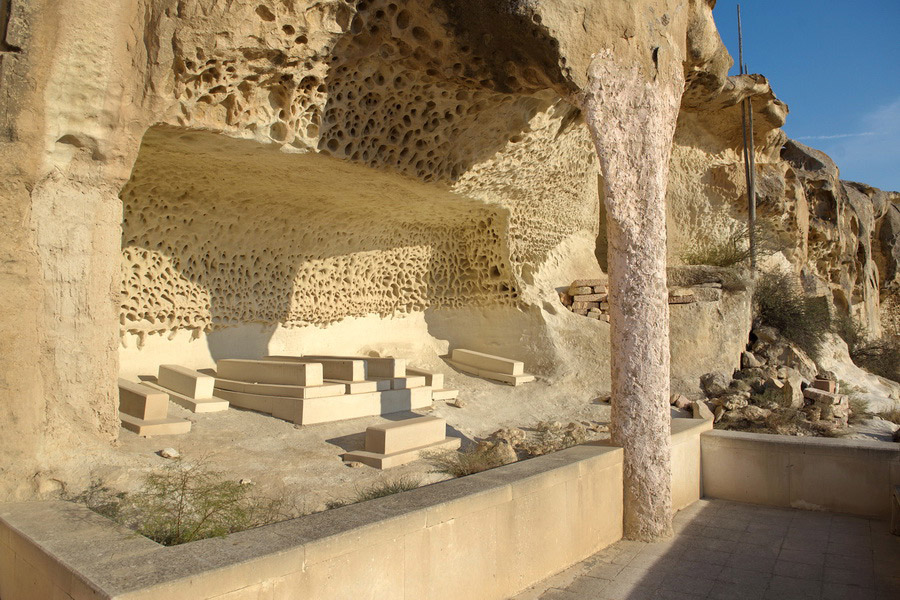
Shakpak-ata isn't just a Mangystau gem; it's a Kazakhstani treasure. Its profound spiritual aura, complemented by its peaceful surroundings, makes it a must-visit. Paired with tours to the Kapamsay canyon and Zhygylgan sinkhole, a trip to Shakpak-ata promises a rich experience. Visitors should remember to dress modestly in this sacred space, with women donning head coverings.
